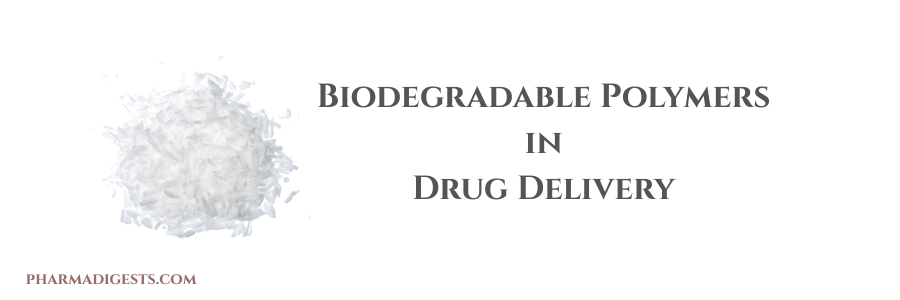Exploring the eco-friendly side of pharmaceuticals with biodegradable polymers like Polylactic Acid (PLA). Learn how these sustainable materials are making waves in drug delivery, providing therapeutic benefits while minimizing environmental impact.
Advantages of PLA in Drug Delivery
- Eco-Friendly Decomposition: PLA is derived from renewable resources such as corn starch or sugarcane, and it undergoes natural decomposition, leaving no harmful residues. This makes it an environmentally friendly alternative.
- Biocompatibility: PLA is biocompatible and poses minimal risk of adverse reactions when used in medical applications. It is well-tolerated by the body, reducing concerns about toxicity.
- Customizable Degradation Rates: The degradation rate of PLA can be tailored based on the specific drug delivery requirements, ensuring that the polymer degrades at a pace compatible with the treatment duration.
- Versatility in Formulations: PLA can be processed into various forms, including nanoparticles, microparticles, and films, offering versatility in drug delivery formulations.
Real-time Examples of PLA in Drug Delivery
- Lupron Depot (Leuprolide Acetate): The FDA-approved Lupron Depot utilizes PLA microspheres for sustained release of leuprolide acetate, a medication used in the treatment of prostate cancer and endometriosis.
- PLA Nanoparticles for Anticancer Drug Delivery: industries are exploring PLA nanoparticles for delivering anticancer drugs like paclitaxel and doxorubicin. This application allows for targeted drug delivery to cancer cells, minimizing side effects.
- PLA-Based Implants for Long-Term Drug Release: Implantable devices using PLA, such as contraceptive implants or pain management devices, leverage the controlled degradation of PLA to release drugs over an extended period.
- PLA-Coated Stents in Cardiovascular Applications: PLA coatings on stents in cardiovascular interventions provide controlled drug release to prevent restenosis. The biodegradable nature of PLA reduces long-term complications.
- PLA Films for Transdermal Drug Delivery: PLA films are investigated for transdermal drug delivery applications. These films, applied to the skin, slowly release medication, offering a non-invasive and controlled delivery method.
Read also:
- Role of Lipophilicity in Drug Formulation Development
- Drug-Device Combination Products | Innovations and Compliance
Resource Person: Pradip Kokane

